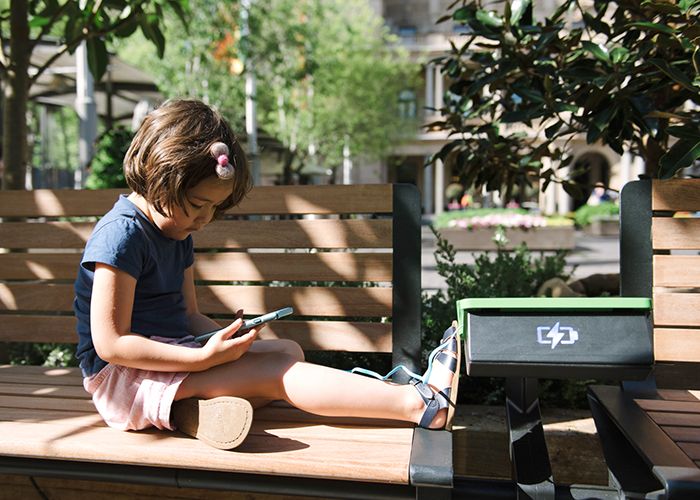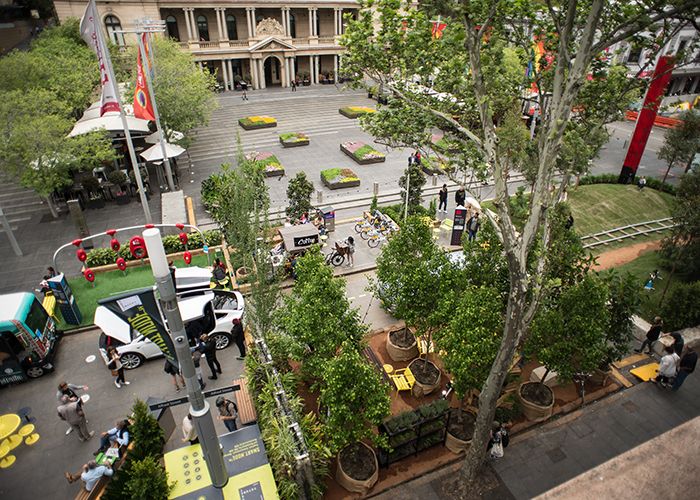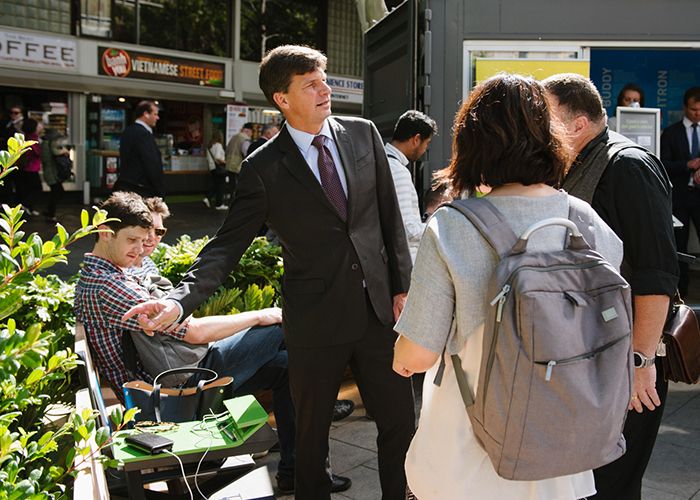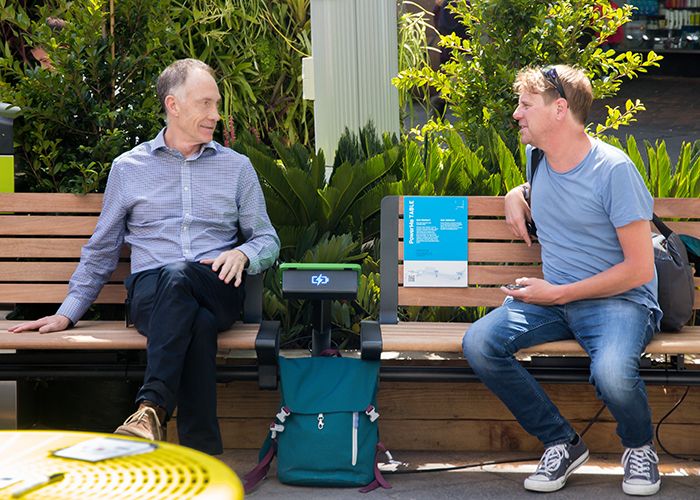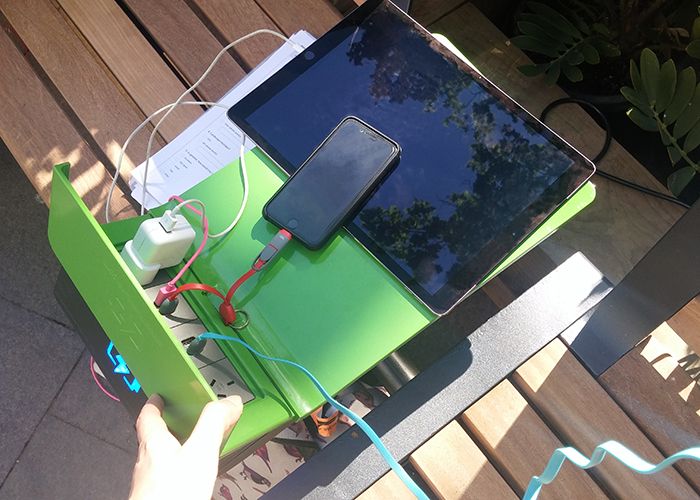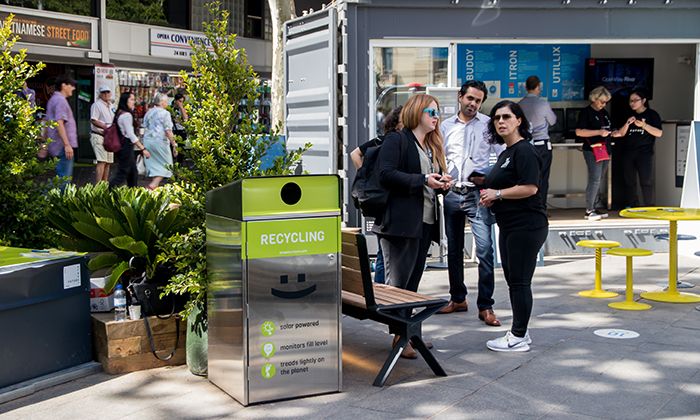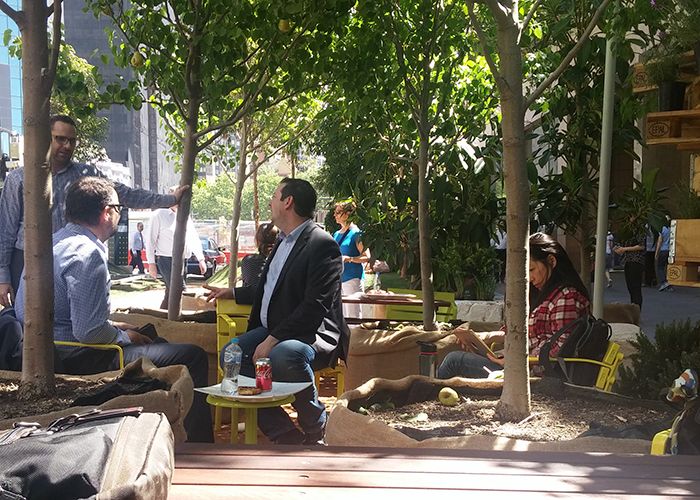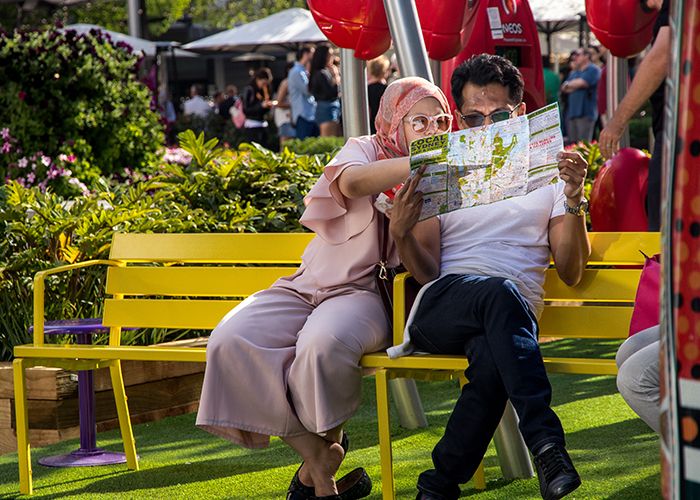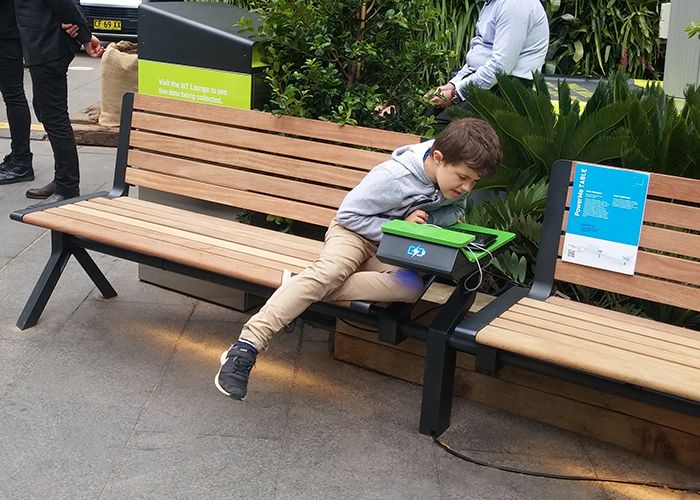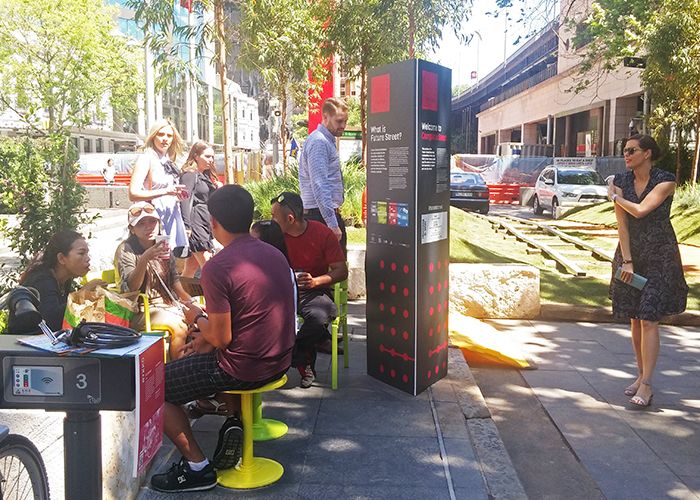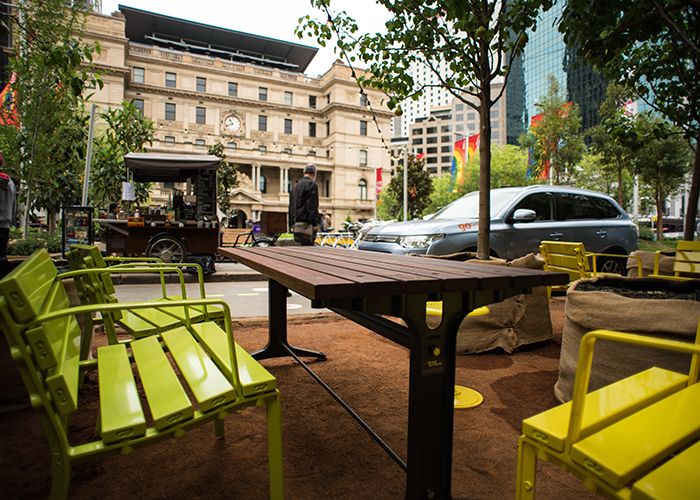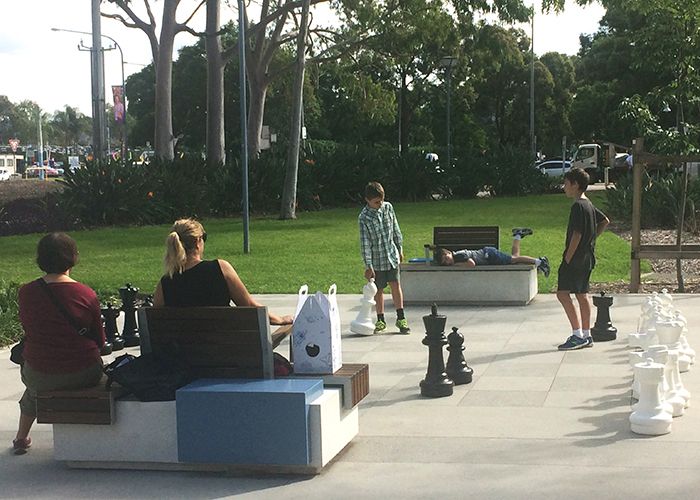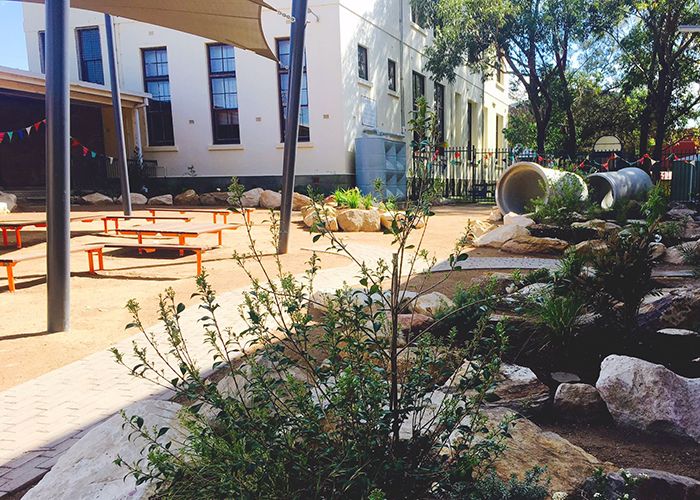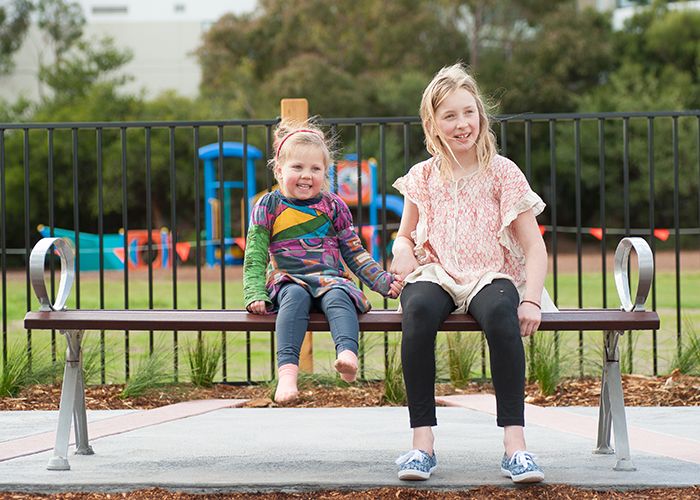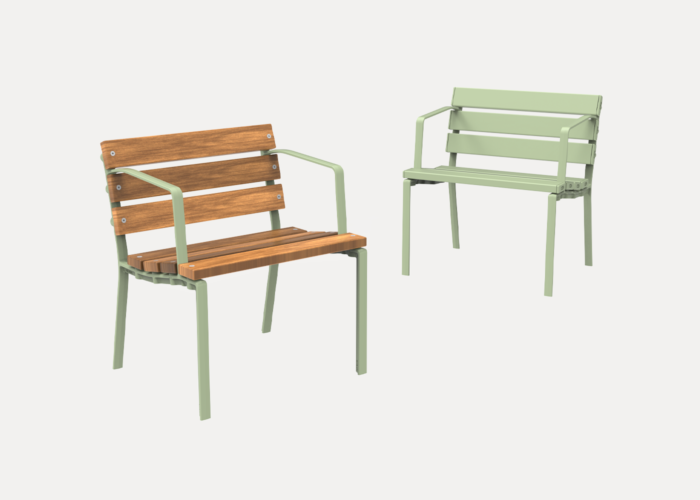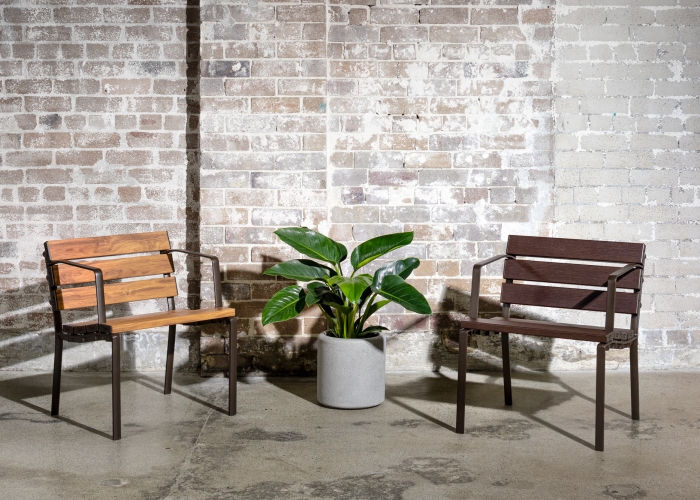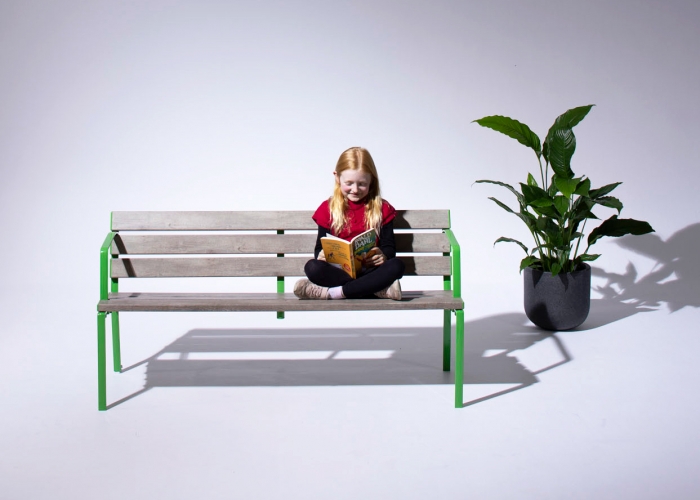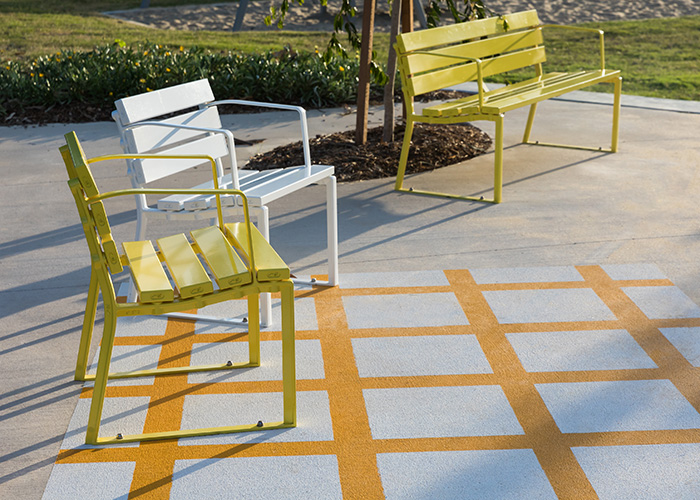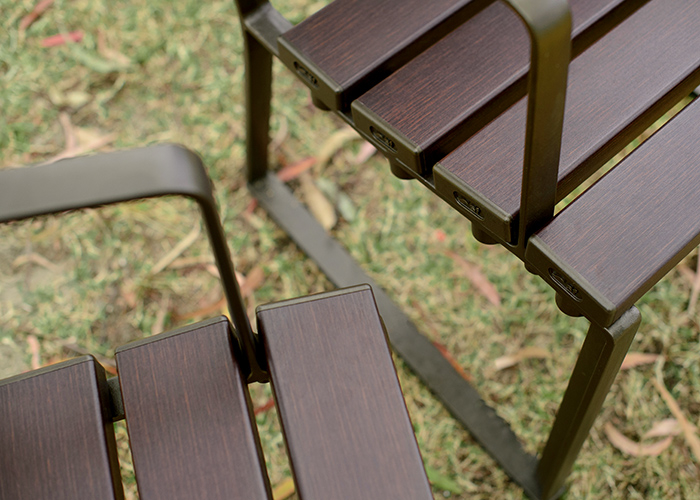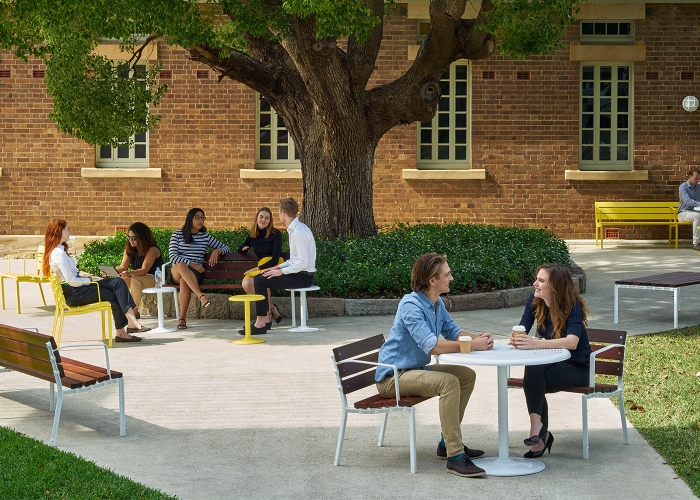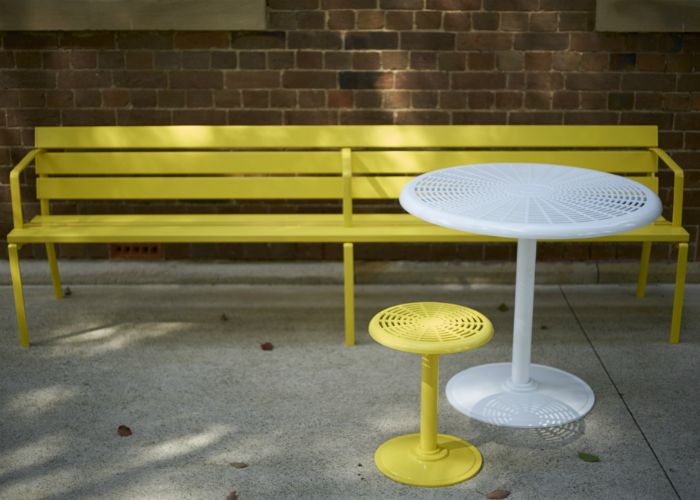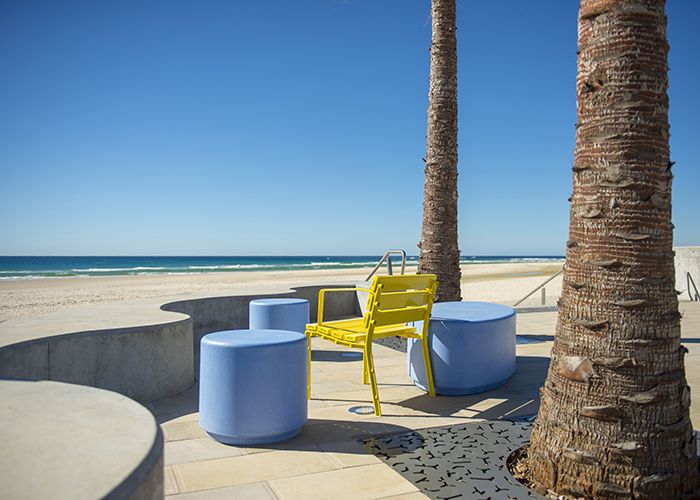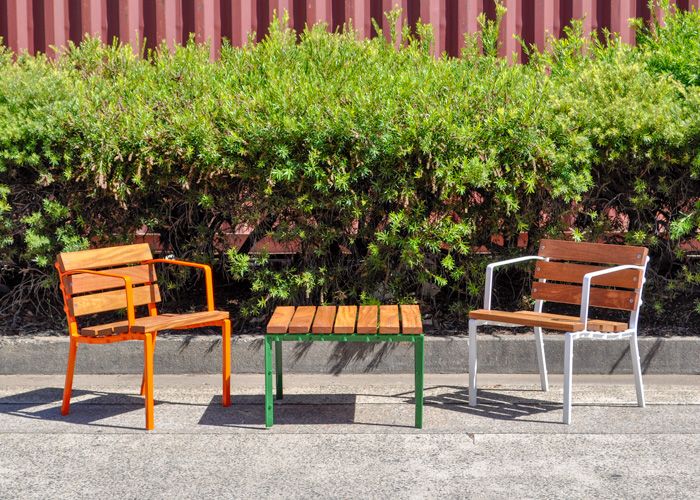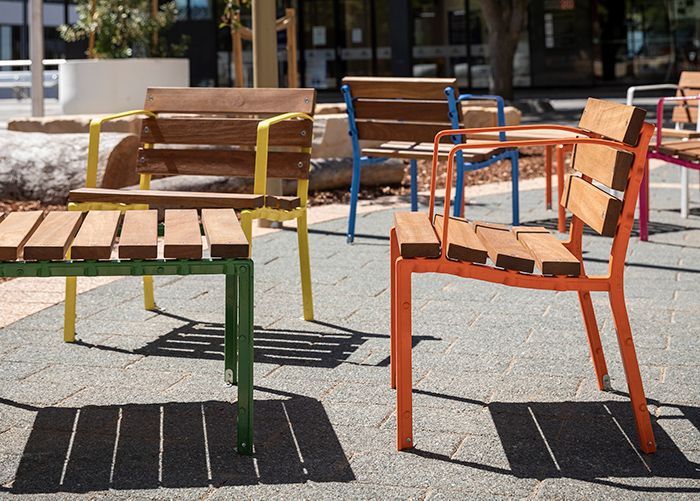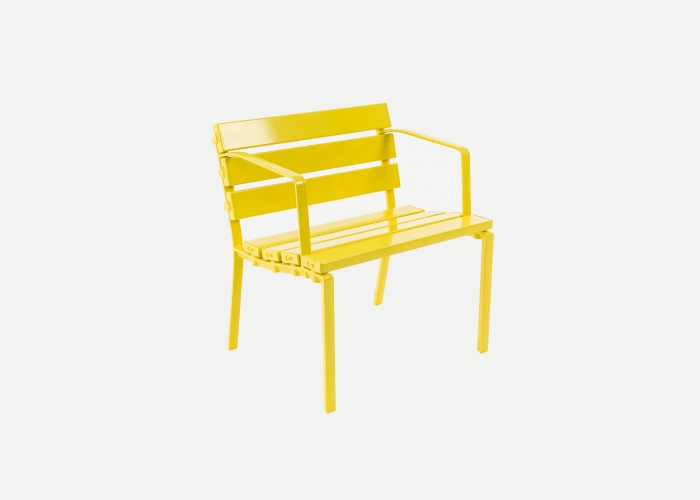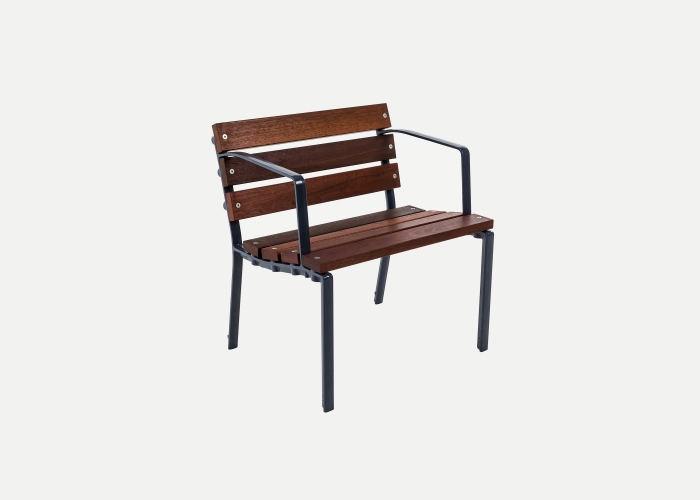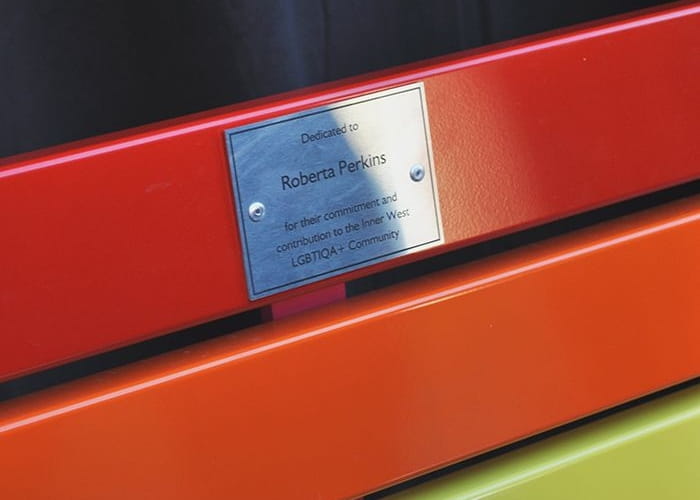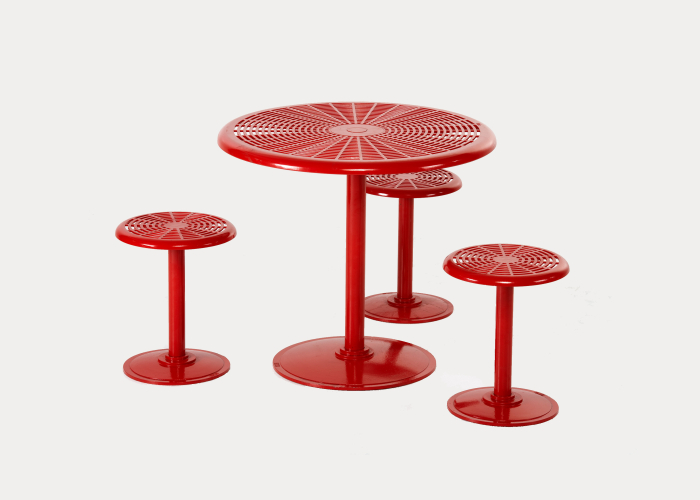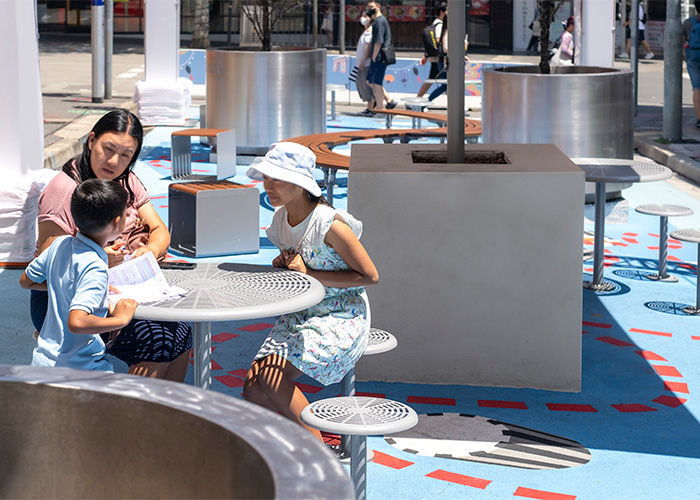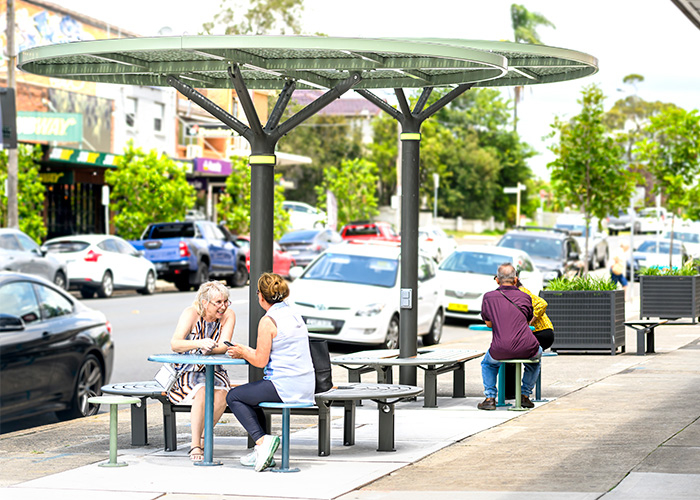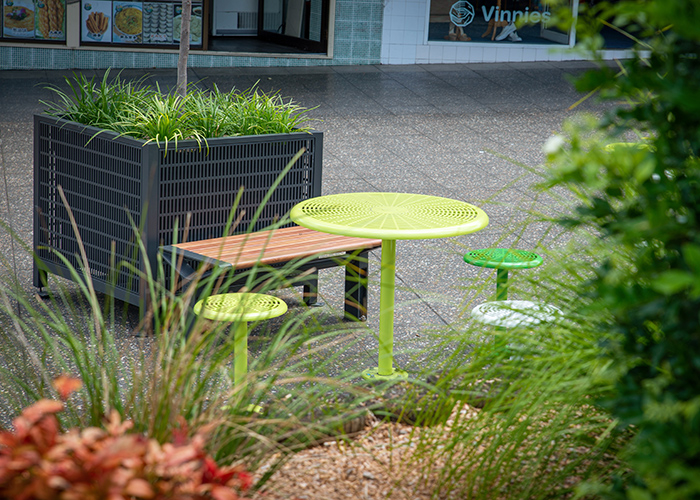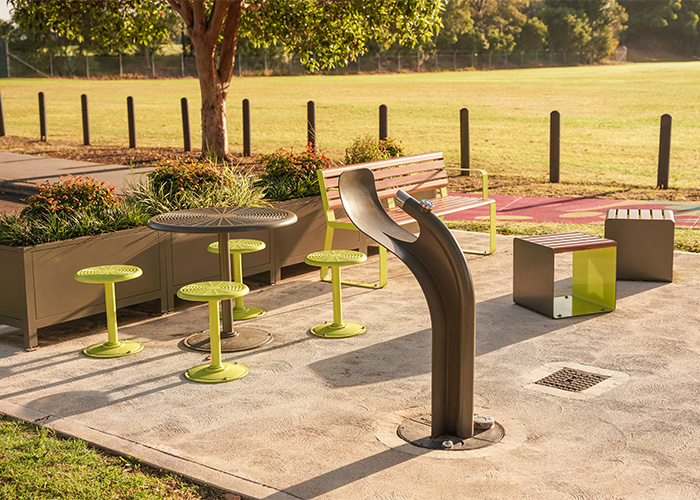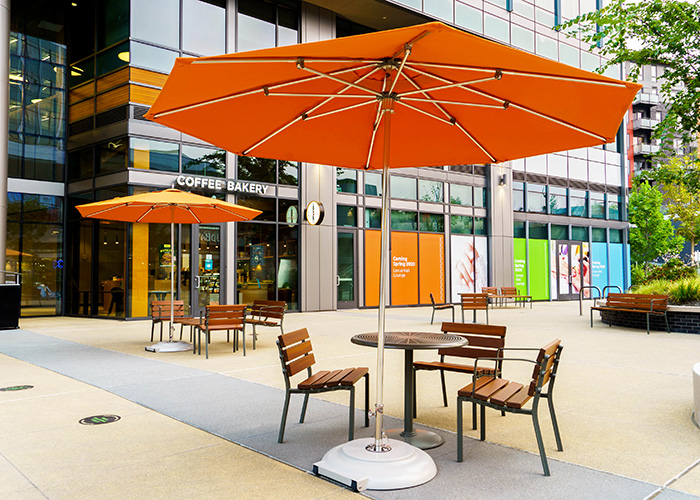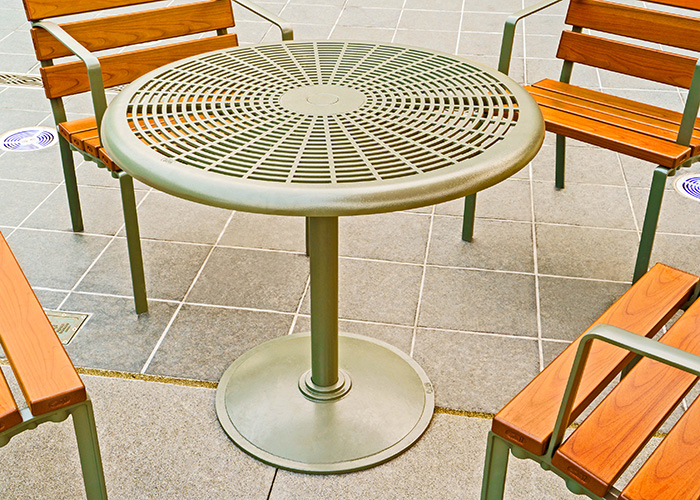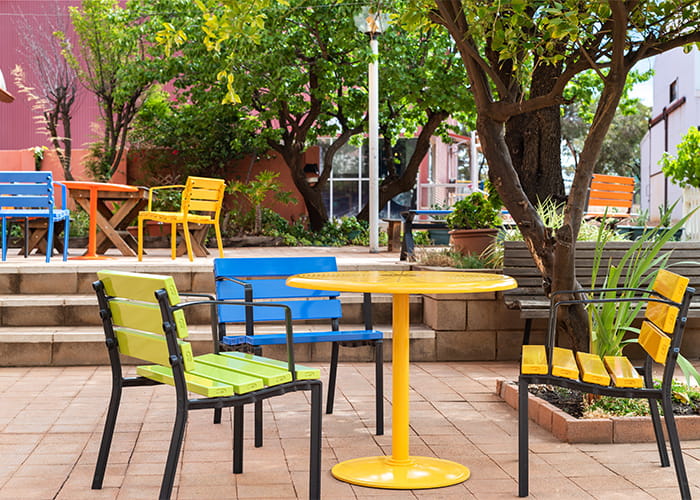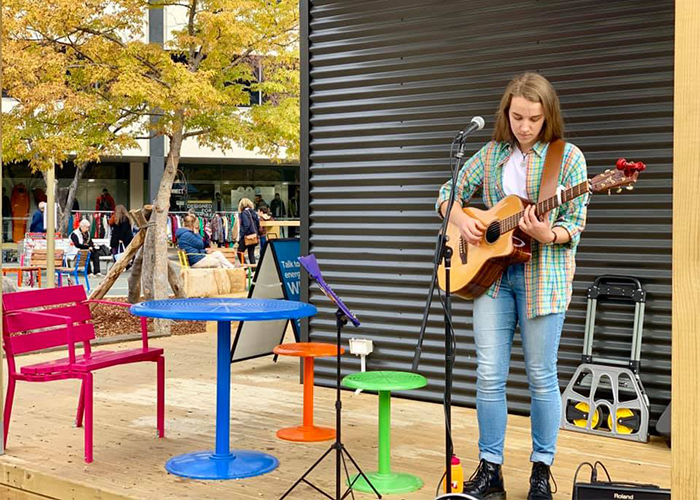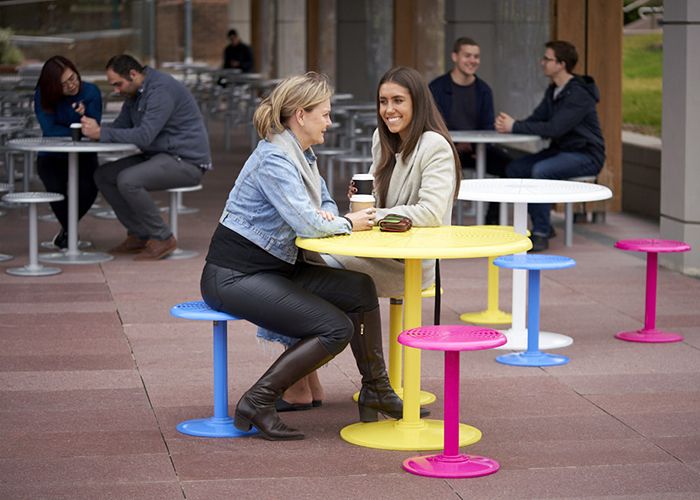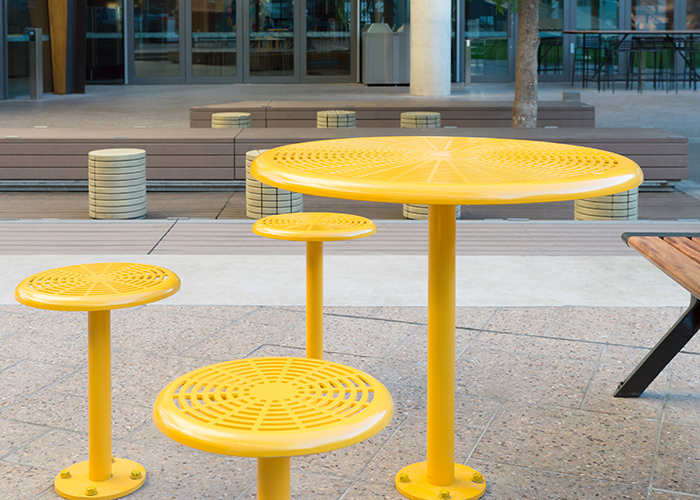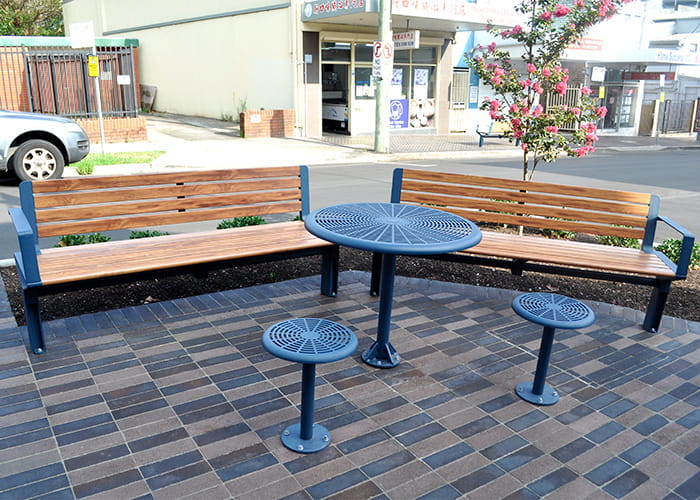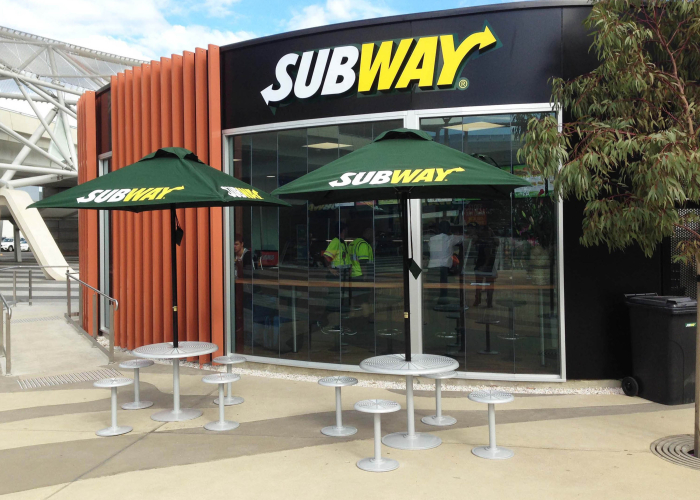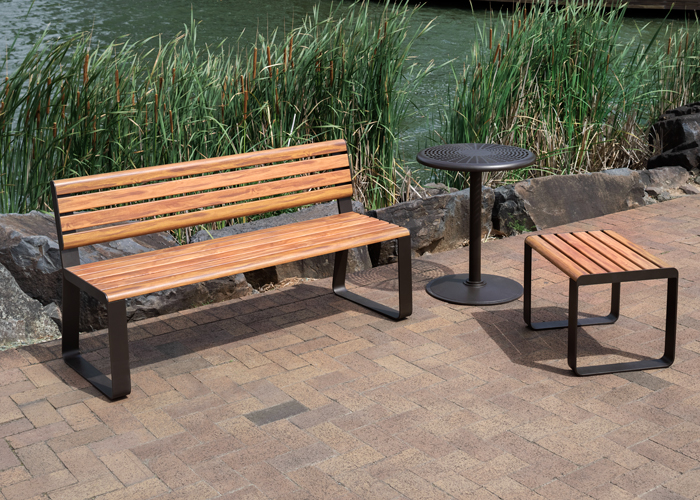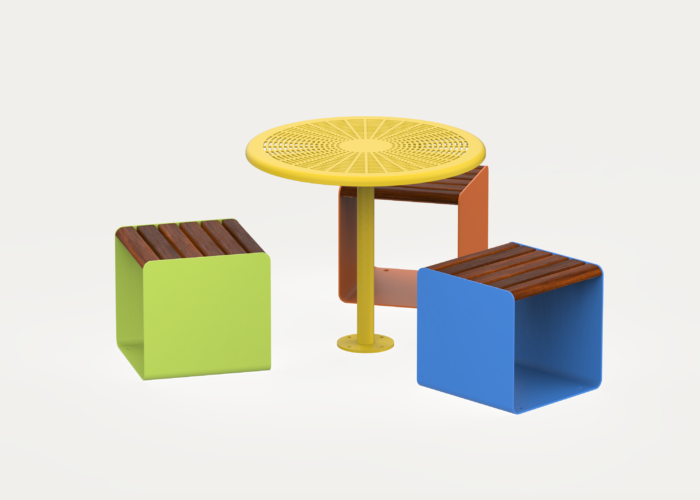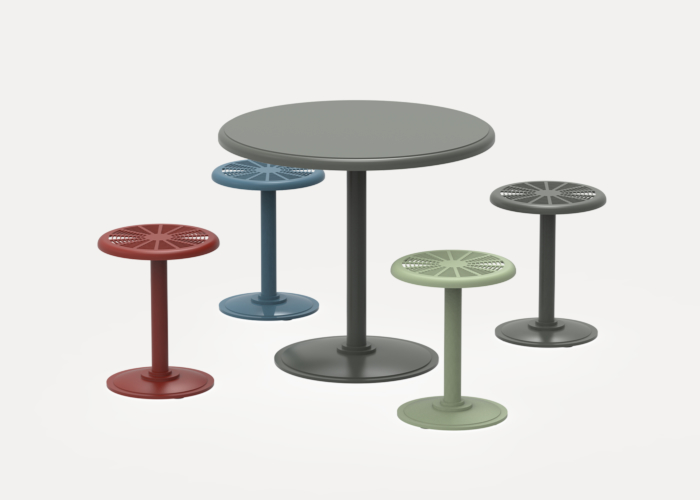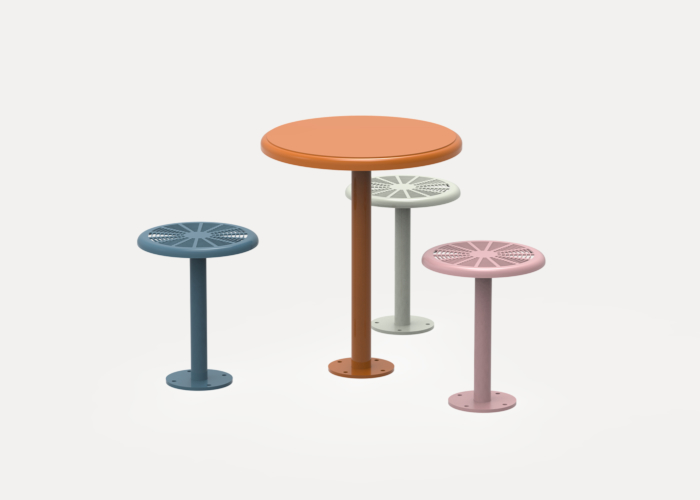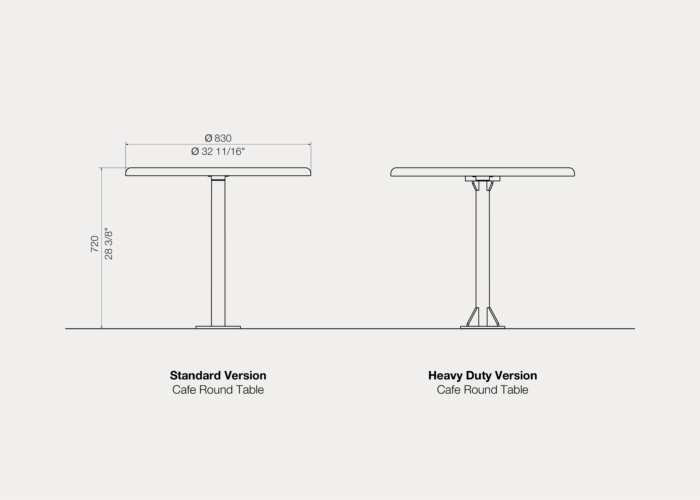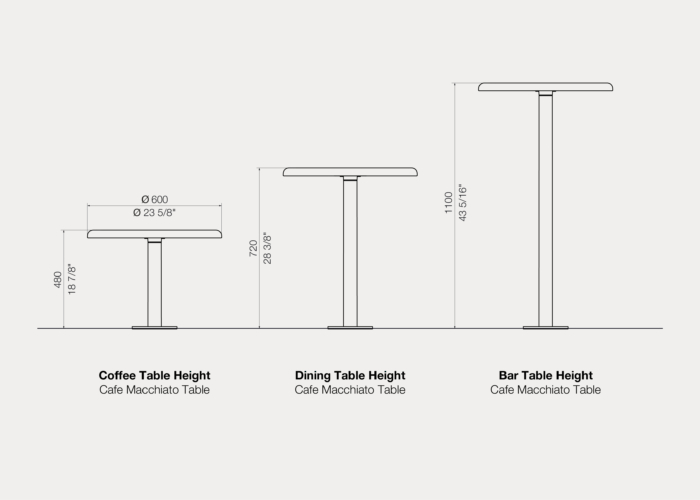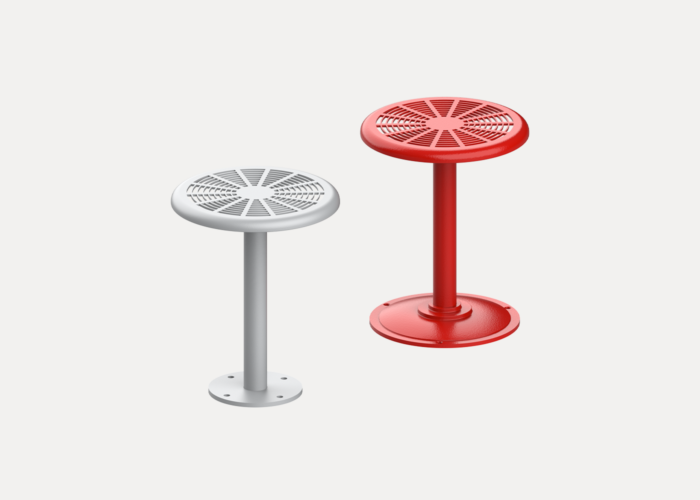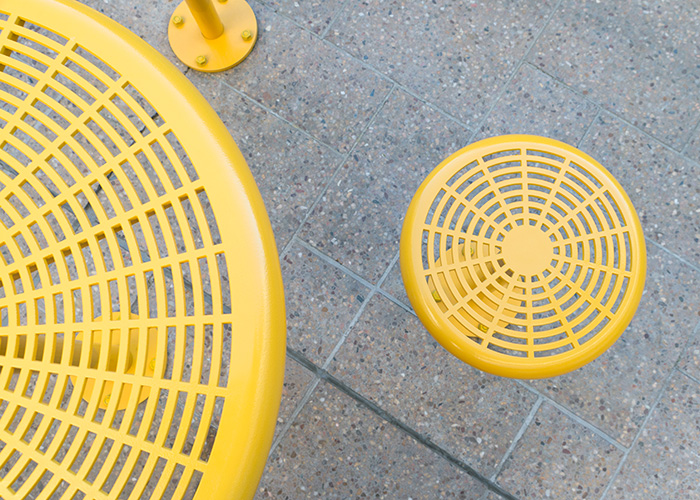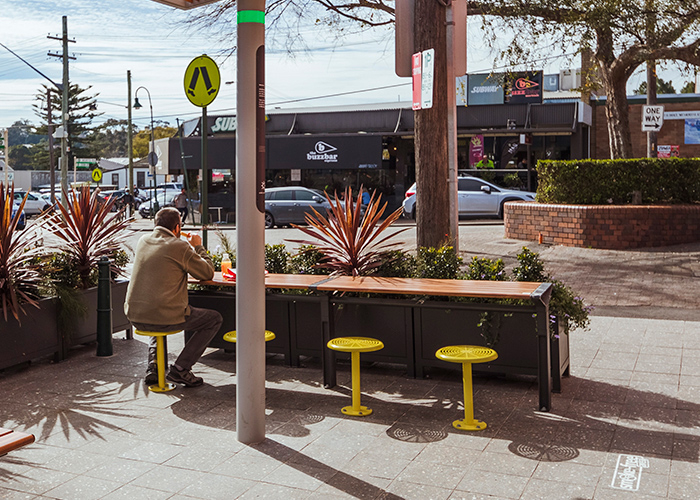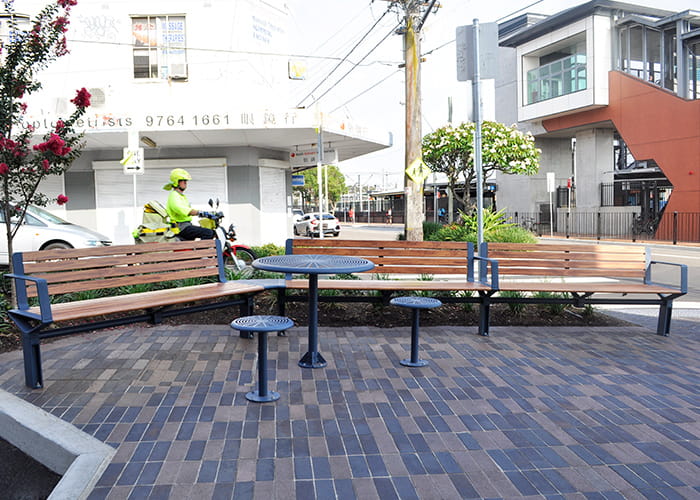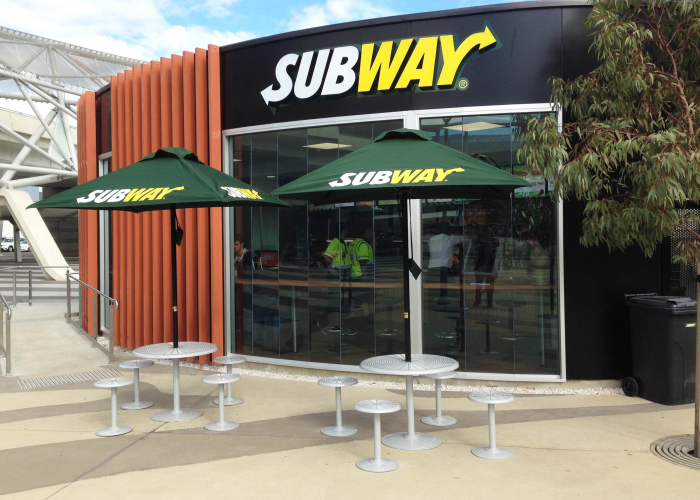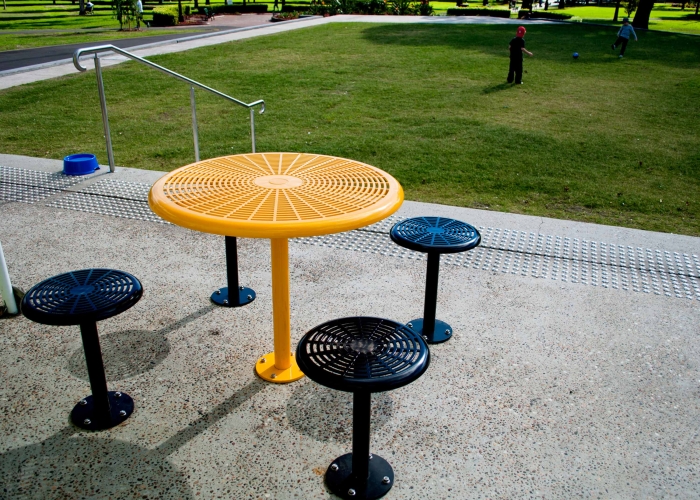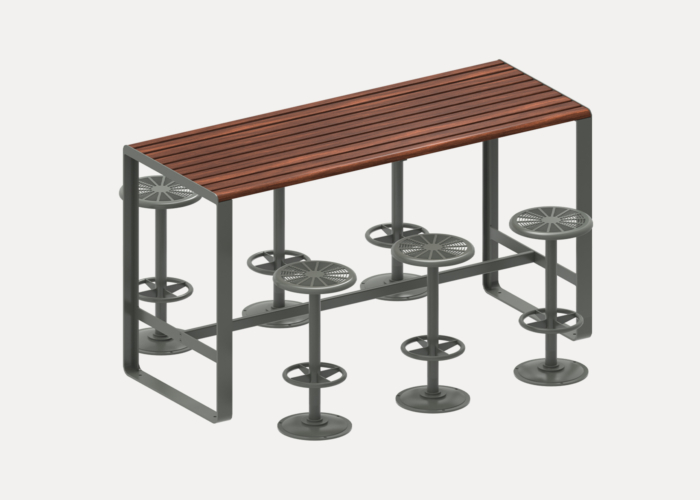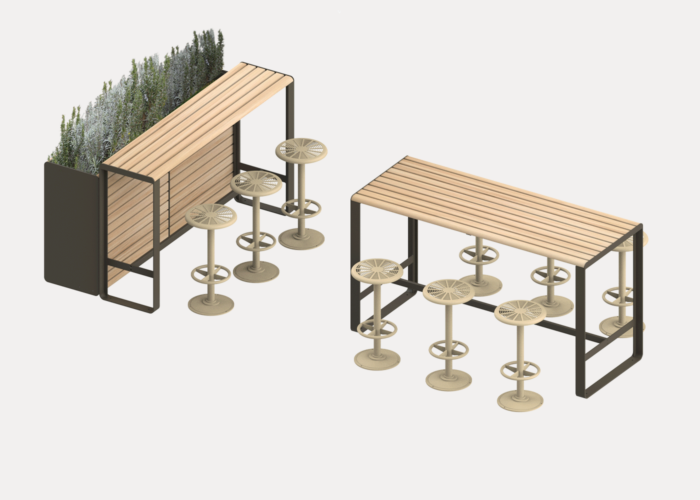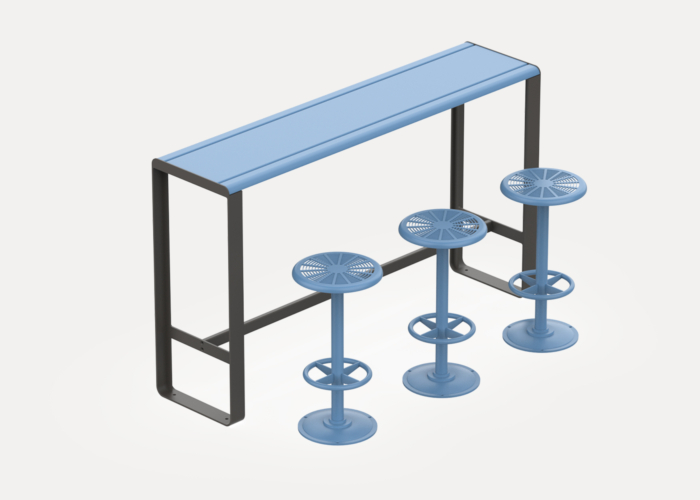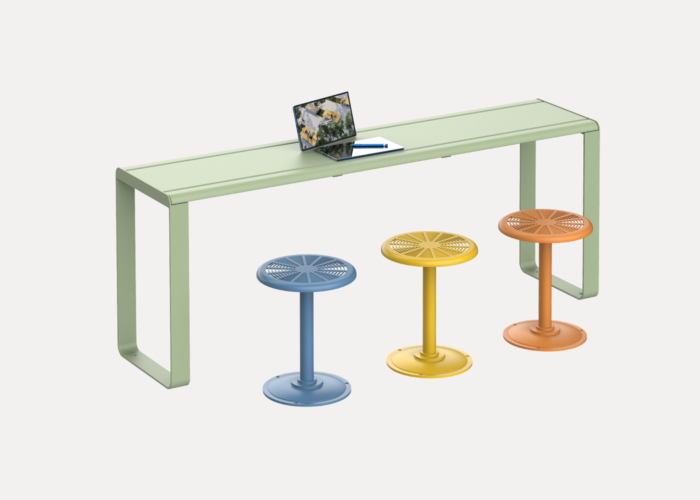Driverless shuttles, park benches that charge your phone and bins that send alerts when they’re full – the Future Street showed smart cities are within our grasp today.
The Australian Institute of Landscape Architects (AILA), Internet of Things Alliance Australia (IOTAA) and Smart Cities Council Australia New Zealand (SCCANZ) built the street of the future at Circular Quay on Alfred Street, in front of Customs House in October 2017.
Place Design Group, as the design partner, curated Green, Complete and Smart Street zones to imagine the best placemaking outcomes for street designs of the future.
“We found that people were using the seats, tables and platforms for work and social gatherings. Build it and they will come, is a good lesson for providing more infrastructure like this in our streets,” says Chris Isles, Executive Director of Place Design Group.
“We built a street, and not just a physical street, but a social street, where people were propping up their laptops working on tables in the fruit grove, sitting at picnic tables enjoying lunch or just casually enjoying the green space.”
In the Smart and Complete Streets, PowerMe charging tables by Street Furniture Australia were a hit with the owners of thirsty devices, with sometimes three or four phones, tablets or laptops plugged into the one unit.
“We saw a real mix of people using the PowerMe tables – friends chatting either side, both phones charging, office workers coming down for breaks. People in suits charging and chatting on their phones at the same time. Little kids absorbed in games while their parents checked out the Tesla electric car,” says Marketing Manager June Boxsell.
“At Garema Place during last year’s pop-up park, #BackyardExperiment, we noticed local street and homeless people plugging into the GPO to charge their phones. PowerMe is a more comfortable solution – we hope it will provide flexibility for everyone to enjoy public places.
“And with wireless charging on the way for iPhone and already available with some Android devices, soon you’ll just need to place your phone on the tabletop, no need to BYO cable.”
The PowerMe tables were integrated with a prototype modular seating system, ARIA, a ‘Lego set’ for placemakers designed to make it easy to configure furniture for the community.
“Custom furniture is popular among the designers we work with as it allows landscape architects to better craft the user experience of a place, making it more responsive to the needs of those who work, live and play there each day,” says Boxsell.
“Our mission is to bring lasting enjoyment to public places, and this makes that so much more accessible for public spaces and projects where design time and budget is limited.”
In the Green Street, a lush wall and generous canopy of trees by Andreasons Green sheltered picnic tables paired with moveable Forum Seats and Cafe Stools to create a relaxed, protected area popular with the lunchtime crowd.
Lighting by WE-EF illuminated the park at night, catching the pears in the trees and making the place feel safe after dark.
To manage waste in the pop-up, garbage and recycling eBin prototypes were in action, equipped with sensors to monitor fill levels and alert custodians in case of a fire.
“The eBins include some game changing technology for public health, operations efficiency and the cleanliness of our cities,” says Boxsell.
Future Street was part of the 2017 International Festival of Landscape Architecture: The 3rd City, held in Sydney in October.
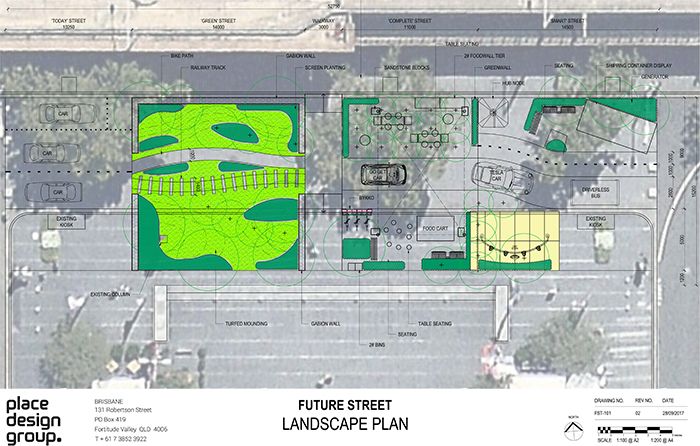
Future Street design by Place Design Group.
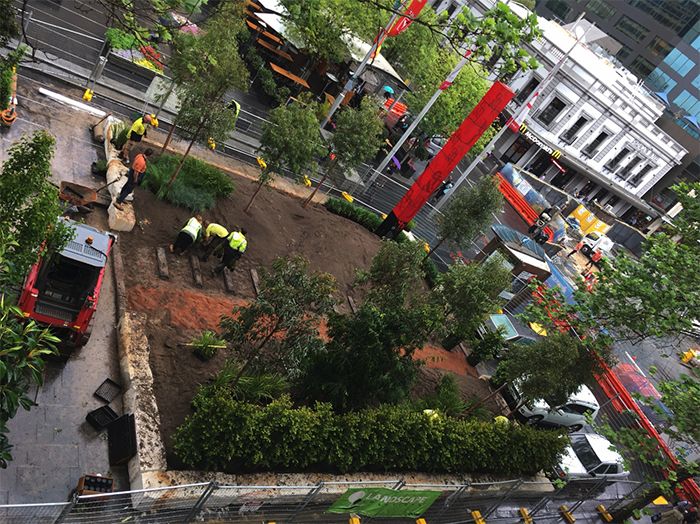
Future Street construction in progress. Photos: Place Design Group.
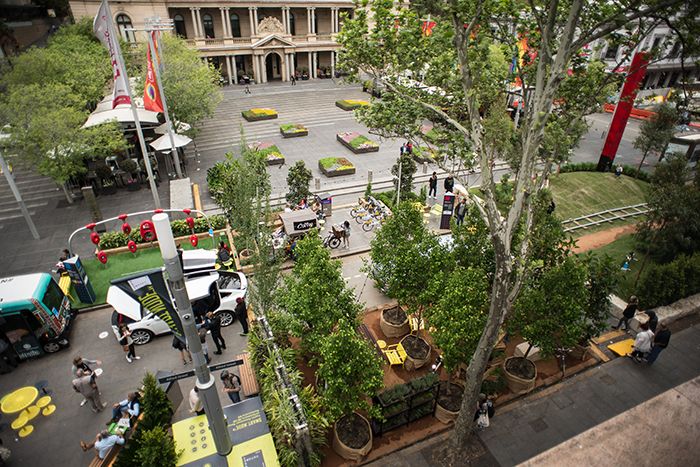
An aerial view from Circular Quay Station. Photo: Ross Mills.
